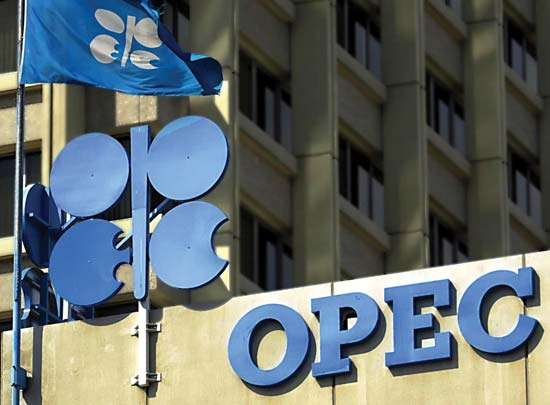Goldman Sachs expects OPEC to succeed in clearing what it has deemed excessive oil supply by April, when the latest production cut deal will be reviewed at a meeting of the cartel and its partners.
Goldman’s commodity chief Jeffrey Currie told CNBC “OPEC is pursuing a shock and awe strategy,” cutting production faster and deeper than the investment bank expected. This suggests that supply will tighten sufficiently by April for OPEC to call the mission accomplished.
After that, Currie said, OPEC will probably take a month or two to announce how it will proceed with dialing back the cuts and this would discourage U.S. producers from boosting their own production further, bringing about another price crash.
While it’s safe enough to say prices will inch down when OPEC announces the end of the cuts, it is probably the only thing that’s safe to say. Currie told CNBC’s “Closing Bell” that prices could rebound to above US$70 for Brent thanks to the tighter supply and strong demand. But just a month ago worries about oil demand pressured prices and kept them from climbing much higher. In other words, nothing is certain, especially where oil prices are headed.
The uncertainty becomes even more pronounced if we factor in a recent statement by Saudi energy minister Khalid al-Falih that he was willing to extend the production cuts into the second half of the year. Now, this would certainly support prices but leave them vulnerable to economic data from Asia specifically, where everybody looks to gauge future oil demand trends.
The latest from China in this respect already pressed oil prices lower: Beijing has revised down the forecast for the country’s economic growth by half a percentage point to 6.5 percent. Prime Minister Li Keqiang announced a series of measures aimed at stimulating growth, but oil prices will remain vulnerable, motivating an extension of the cuts.














